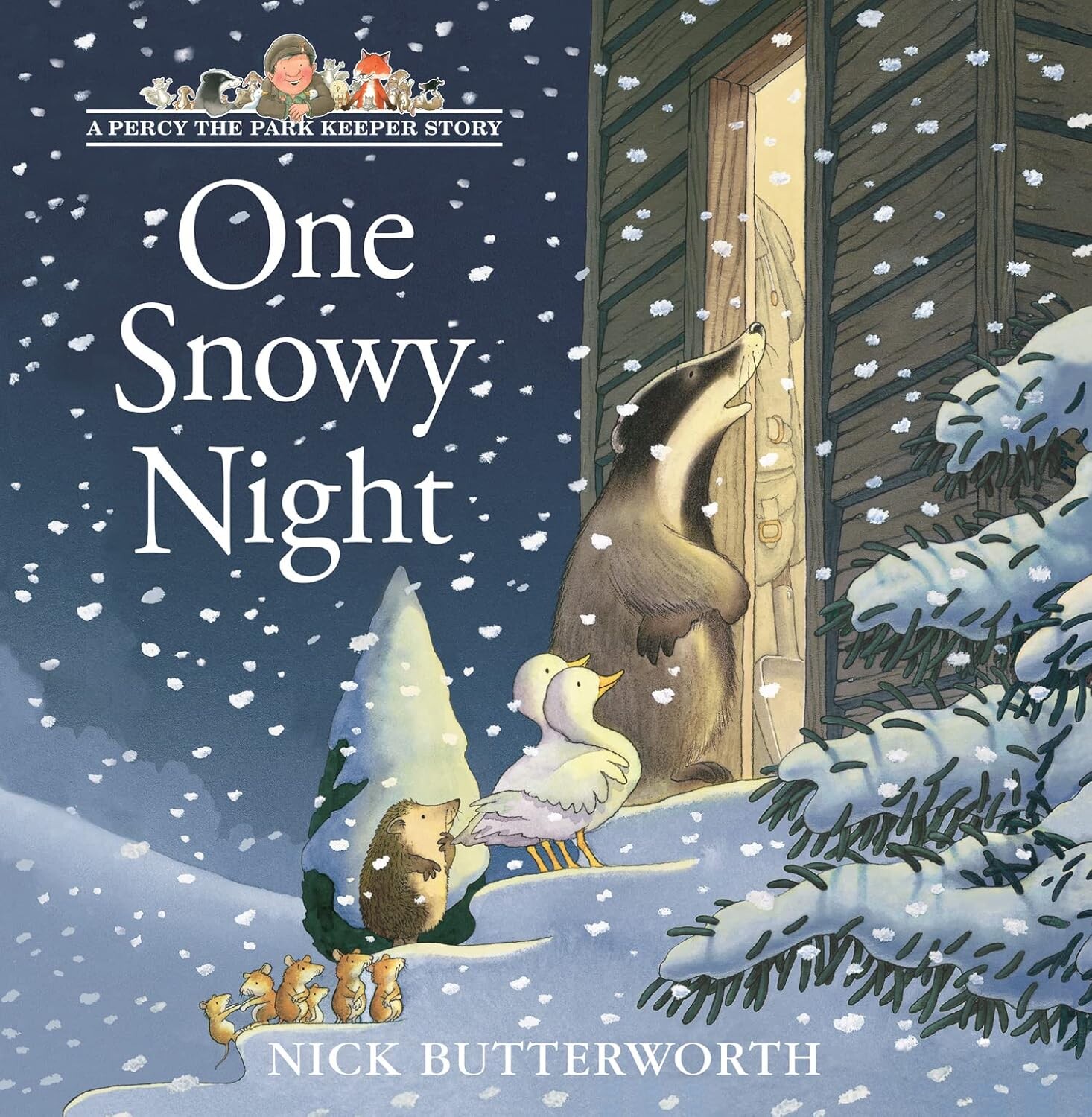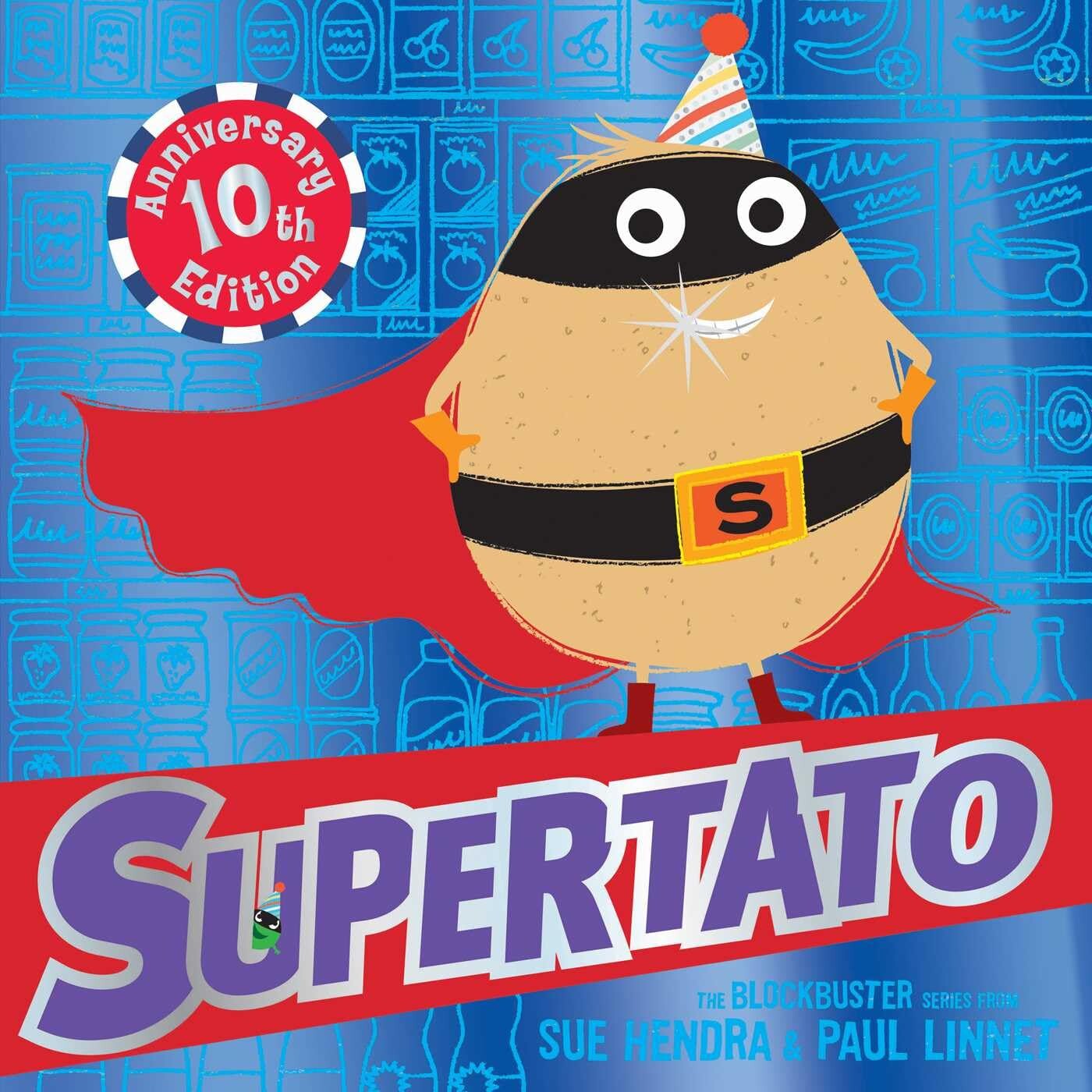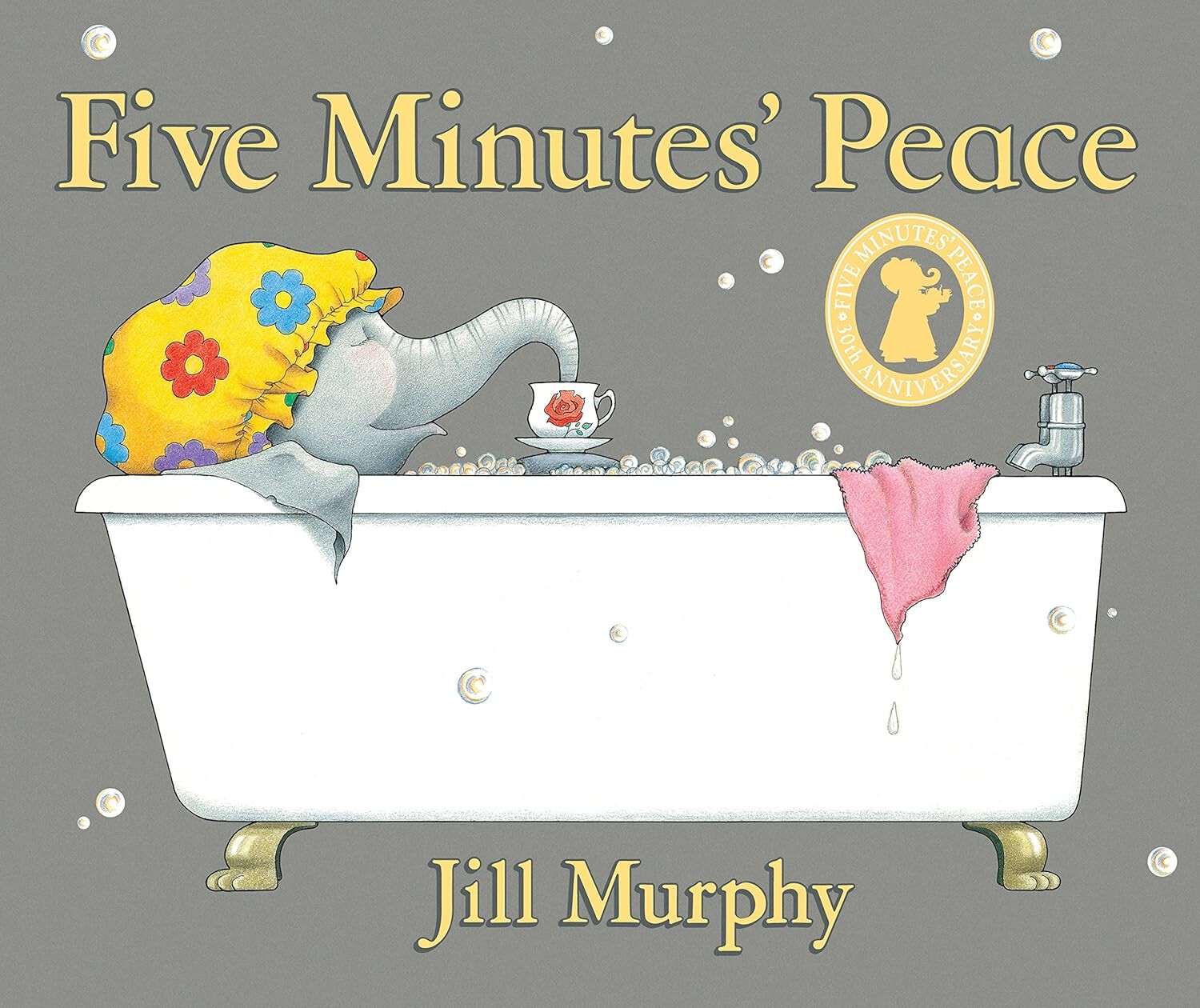FS2
Welcome to FS2
Step into FS2 and you will find a classroom buzzing with curiosity, laughter and discovery. This is where every child’s journey at St Thomas begins, and we make sure it starts with joy, warmth and wonder. Our days are filled with stories, play, songs, adventures indoors and outdoors, and most importantly, the chance for every child to feel proud of what they can do.
Childhood is a precious time, and in FS2 we make sure every day is full of joy, discovery and opportunities to grow. FS2 is a safe, happy and inspiring place where children can explore who they are, build friendships and develop the confidence to shine.
How Children Learn in FS2
Children learn best when they are happy, engaged and having fun. Guided by the Early Years Foundation Stage statutory framework and Development Matters, our approach is playful, purposeful and rooted in real experiences.
We encourage children to have a go, keep on trying when things feel tricky, and think creatively to solve problems and share new ideas. Challenges are welcomed as part of the journey, because children grow stronger through them. Free play with friends gives them the chance to build language, practise social skills and develop resilience in ways that no worksheet ever could.
We also understand that taking small risks is part of learning. With a secure base of trusted adults, children are encouraged to explore, experiment and discover for themselves. Whether it is climbing higher, balancing carefully, or trying something new, these experiences help them become confident learners.
Most importantly, we see play as the serious work of childhood. When children play vigorously and often, they are wiring their brains for the future, making connections, developing imagination and laying the foundations for lifelong learning.
Building the Foundations
We focus on the three prime areas of Communication and Language, Physical Development, and Personal, Social and Emotional Development because they are the stepping stones for everything else. Alongside them, children explore the specific areas of Literacy, Mathematics, Understanding the World, and Expressive Arts and Design.
Here is how this looks in FS2:
- Communication and Language – conversations are everywhere, from snack time chats to role play adventures. Using the ShREC approach, adults build children’s vocabulary and confidence, showing them that talk is the key to learning.
- Literacy – story time is a treasured part of each day, filled with laughter, imagination and new vocabulary. Daily Read Write Inc phonics sessions give children the tools to decode words, read simple sentences and begin writing with growing confidence.
- Mathematics – White Rose Maths makes number, shape and pattern come alive. From counting conkers to exploring symmetry with butterflies, children see that maths is all around them. Problem-solving is encouraged, showing children that persistence and experimentation help them grow as learners.
- Physical Development – Dough Disco and Squiggle sessions strengthen little hands, while outdoor play, climbing, running and dancing build strong, healthy bodies. Here, children learn that movement, balance, and even small risks build resilience and confidence for later challenges.
- Personal, Social and Emotional Development – we teach children to manage feelings, build friendships and develop resilience. Free play and shared experiences give them the chance to practise cooperation, patience and independence naturally.
- Understanding the World – children learn about nature, community and celebrations from different cultures. Walks, visitors and hands-on investigations give them the joy of discovery and the courage to ask questions.
- Expressive Arts and Design – every child has the chance to be an artist, a dancer, a singer or a builder. Creativity flows through our classroom, giving children the freedom to express themselves and imagine new possibilities.
A Year of Discovery
Each term brings new adventures that spark curiosity and wonder:
- Autumn – Me and My Community and Once Upon a Time
Children learn about the people who help them, explore the importance of family and friends, and step into the magical world of fairy tales. - Spring – Starry Night and Ready Steady Grow
Children discover the beauty of the night sky, learn about nocturnal animals, and find out how seeds grow into plants, vegetables and flowers. - Summer – Animal Safari and On the Beach
Children become explorers, learning about animals from around the world, before finishing the year with seaside adventures, rock pools and under the sea stories.
Every topic is supported by high-quality texts, poems, songs and hands-on experiences that children will remember long after they leave FS2.
The Heartbeat of FS2
In FS2, stories are at the heart of everything we do. Books take us on adventures, make us laugh, and help us to make sense of the world and our own feelings. From The Colour Monster and Farmer Duck to Billy’s Bucket and The Rainbow Fish, our shelves are full of favourites that spark imagination and conversation. We return to our “Favourite Five” often, such as We’re Going on a Bear Hunt and The Tiger Who Came to Tea, because children love the comfort of familiar tales they can retell with confidence. Sharing these books, both in school and at home, helps children grow as readers and thinkers.
Our classroom is also alive with music, rhyme and rhythm. Children sing, clap, dance and chant their way through classics like Head, Shoulders, Knees and Toes and Twinkle Twinkle Little Star. We enjoy playful poems such as Mud, which bring smiles and giggles while building memory and language. These songs and rhymes are not only fun; they strengthen listening skills, enrich vocabulary, and lay the foundations for fluent reading and writing.
Learning Beyond the Classroom
FS2 is full of joyful experiences that children remember long after the year has ended. We celebrate together through:
- Festivals and events such as Harvest, Diwali, Christmas, Chinese New Year, Easter and Sports Day
- Exciting days like World Book Day, the Nativity and our Easter Bonnet Parade
- Trips and visits to places like the Butterfly House and the local community
- Visitors who bring the wider world into school, from firefighters to doctors
These moments enrich learning and create treasured memories. They also give children the chance to practise important skills such as performing in front of others, asking questions, working as a team and showing curiosity about the wider world. When families join us for these celebrations, children feel a deep sense of pride and belonging, which strengthens their confidence and joy in learning.
Working Hand in Hand with Families
We know children thrive when school and families work together. Parents are warmly welcomed into FS2 through:
- Workshops in phonics, maths and early learning
- Stay and Play sessions that give a glimpse into classroom life
- Celebrations and assemblies where children proudly share their achievements
- Opportunities to share learning from home using photos, reading diaries and communication platforms
Together we build a partnership where children feel valued, supported and celebrated both at home and at school. Families see that play is not only joyful but also the essential work of childhood, the way children build skills, strengthen their brains and prepare for the challenges ahead.

Phonics is at the heart of early reading and writing, and in FS2 we use Read Write Inc every day. Children learn to recognise sounds, blend them into words, and begin to read books that match their growing skills. They also practise forming letters and writing words and sentences with increasing independence.
We make phonics lively and interactive, with sound cards, Fred the Frog, songs and games that keep children motivated. Parents are invited to phonics workshops so they can see how we teach and learn simple ways to support at home. By approaching phonics step by step and celebrating every success, children discover the joy of reading and the confidence of saying, “I can.”
Set 1 Speed Sounds
These are the Set 1 Speed Sounds written with one letter:
These are the sounds written with two letters (your child will call these ‘special friends’):
Set 2 Speed Sounds
These are the Set 2 Speed Sounds:
Useful Links
Early Years Foundation Stage (EYFS) Framework gives an overview of the statutory framework that guides everything we do in FS2.
Development Matters explains how children typically develop and what learning looks like across the early years.
Read Write Inc (RWI) Phonics Videos and resources showing how we teach phonics and how you can support your child at home.
White Rose Maths Practical, fun ways to build number confidence with your child at home.
Hungry Little Minds – DfE Campaign: simple, fun activities to support your child’s communication, language and learning at home.






























